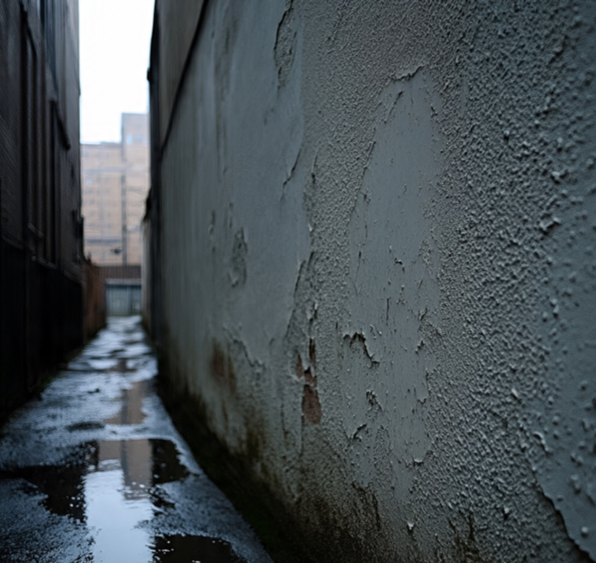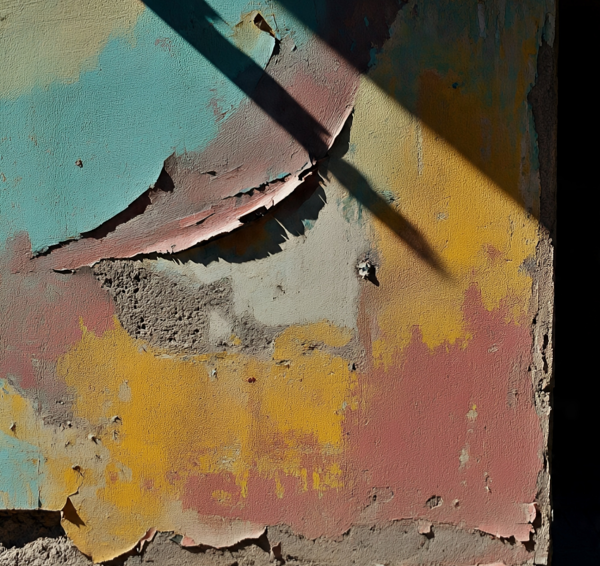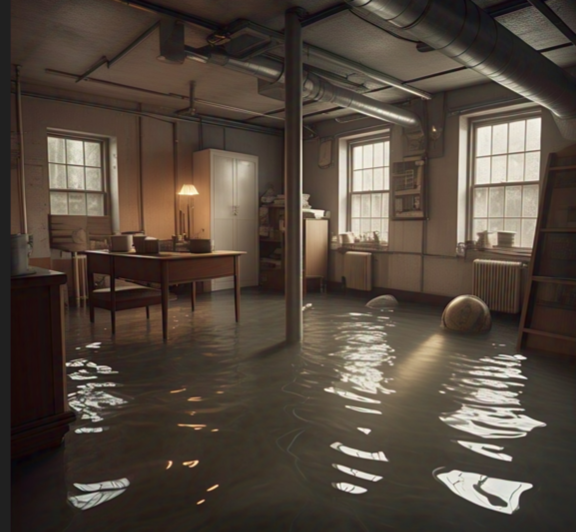Table of Contents
Summary:
Water stains and bubbling paint on walls are more than just cosmetic problems they’re signs of a water leak hiding inside your home. This guide walks you through identifying the cause, understanding the damage, fixing the leak, and restoring your walls. We also include a story that illustrates how water leaks can spiral into bigger problems if ignored.
What Causes Water Stains and Bubbling Paint on Walls?

When you notice discoloration, yellowish rings, or paint that seems to blister or bubble, your home may be trying to warn you about a water leak behind the wall.
Main Causes:
- Leaky pipes or plumbing joints
- Roof leaks dripping into wall cavities
- Air conditioner or HVAC condensation
- Cracks in exterior walls allowing rain in
- Overflow from bathtubs or sinks above the wall
These moisture sources seep into drywall or plaster, leading to visible stains, structural softening, or paint bubbling.
What Happens If You Ignore a Water Stain on the Wall?
Ignoring a water stain is like ignoring a ticking time bomb. Here’s why:
- Mold can begin growing within 24–48 hours.
- Drywall may weaken or collapse.
- The leak can worsen and affect other areas.
- You may face costly repairs later, including mold remediation.
Sarah’s Wall Disaster
Sarah had just bought her first home in Indiana. One morning, she noticed a faint brown stain spreading on the corner of her living room wall. She brushed it off, thinking it was just leftover moisture from a humid week.
Weeks later, her paint started bubbling, and the smell of mildew crept in. A local water damage restoration company discovered a small but persistent leak from the upstairs bathroom pipe, which had saturated the insulation and wall frame.
Her $150 DIY patch job turned into a $3,800 wall and mold remediation expense.
Lesson: A small stain is often a big warning.
How Do You Identify the Source of a Water Leak Behind the Wall?

Before you repair the damage, you need to find the source of the leak.
Try these steps:
- Touch the wall – Is it damp, soft, or cold?
- Smell the area – Mold or mildew smells signal hidden moisture.
- Use a moisture meter – Affordable tools detect moisture inside walls.
- Look for leak patterns – Do the stains follow pipe lines or roof joints?
- Check nearby water sources – Bathrooms, kitchens, or AC vents.
- Inspect during/after rain – See if new moisture appears.
Pro Tip: If you can’t find the leak source, call a professional for a leak detection scan.
How to Fix Water Leaks That Cause Wall Damage
Once the leak is located, it’s time to act. Here’s a step-by-step guide:
Step 1: Stop the Leak
- Turn off the water supply if it’s a plumbing leak.
- Patch the pipe or joint using plumber’s tape or epoxy as a temporary fix.
- Call a plumber for a permanent repair or replacement.
- For roof leaks, seal the damaged area or call a roofer.
Step 2: Dry Out the Wall
- Use fans, dehumidifiers, or heaters to dry the wall completely.
- Cut a small hole to help air circulate inside the wall cavity.
- Don’t begin repairs until the area is fully dry to prevent mold.
Step 3: Remove Damaged Materials

- Scrape off bubbling or blistered paint.
- Cut away wet drywall or plaster until only dry material remains.
- Remove insulation if it’s soaked or moldy.
Step 4: Clean and Disinfect
- Use a mold-killing solution like white vinegar or a mold cleaner.
- Wear gloves and a mask if mold is visible.
- Scrub the wall frame to kill spores and prevent regrowth.
Step 5: Repair the Wall
- Replace any damaged drywall or insulation.
- Tape and seal drywall joints.
- Sand smooth, prime the wall, and repaint.
Always use mold-resistant drywall and paint in moisture-prone areas like bathrooms and basements.
Should You Paint Over Water-Damaged Walls?
No! never paint over stains without fixing the root cause.
If you paint over a water-stained or damaged wall without removing the moisture and treating mold, the stain will reappear, and mold may spread beneath the surface.
Always:
- Use a stain-blocking primer after the area is clean and dry.
- Choose mold-resistant paint for better long-term protection.
When Should You Call a Professional?
Some water damage can’t be fixed with DIY methods.
Call a professional if:
- You smell mold but can’t see it.
- The drywall or ceiling is sagging.
- There are multiple areas of damage.
- The source of the leak is hidden.
- It involves sewage or contaminated water.
PuroClean Disaster Restoration offers 24/7 emergency water damage response, mold remediation, and wall restoration services.
What Are the Long-Term Effects of Water Damage on Walls?
If left untreated, water damage can:
- Weaken wall structure and framing
- Cause permanent stains and foul odors
- Lead to toxic mold growth inside the walls
- Reduce property value
- Cause electrical hazards if moisture reaches wiring
Prevention and early repair are essential for a healthy home.
How Can You Prevent Water Stains and Paint Bubbling?
Prevention saves thousands in repairs. Here’s how:
Routine Checks:
- Inspect under sinks and around toilets monthly.
- Watch for signs of dampness on walls and ceilings.
- Check your attic and roof after heavy storms.
Home Maintenance Tips:
- Use a dehumidifier in humid seasons.
- Install leak detectors under sinks and near water heaters.
- Repaint vulnerable areas with waterproof paint.
- Clean gutters to prevent water overflow into wall structures.
FAQs: Water Leaks and Wall Damage
Can a small leak cause serious wall damage?
Yes. Even tiny leaks can saturate drywall, cause bubbling, and allow mold growth over time.
Is water damage covered by insurance?
Usually, sudden or accidental leaks are covered. Gradual damage or poor maintenance often isn’t. Always review your policy.
How long does it take for water stains to appear?
Stains may appear within a few hours to days, depending on the wall material and leak severity.
Can I use bleach to remove mold on walls?
Bleach can help on non-porous surfaces, but it doesn’t fully kill mold on drywall. Vinegar or mold-specific products work better.
What happens if I just repaint over a water stain?
The stain will resurface, and mold may grow underneath. Always fix the leak and dry the area first.
Key Takeaway
Don’t ignore wall stains or bubbling paint your home may be leaking.
By identifying the source, drying the wall, removing damaged materials, and repairing with the right tools, you can stop the damage before it spreads. And if it’s more than you can handle, professionals like PuroClean Disaster Restoration are just a call away.
For immediate assistance with Water damage restoration, contact PuroClean Disaster Restoration of West Fort Wayne, Call (260) 263-9788.
PuroClean Disaster Restoration has over 19 years of experience in the water damage restoration industry, with over 100 5 Star reviews on Google serving Indianapolis. Click on this link to see it’s online reviews and ratings.
Need Help Fixing Water-Damaged Walls?
At PuroClean Disaster Restoration of West Fort Wayne, we specialize in:
- Emergency water removal
- Leak detection
- Mold remediation
- Wall and ceiling repair
Don’t let a stain become a disaster. Contact us today to restore your walls and peace of mind.
